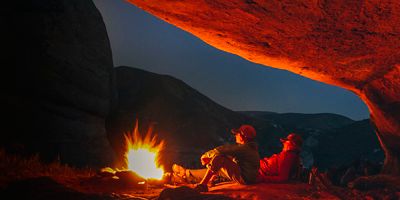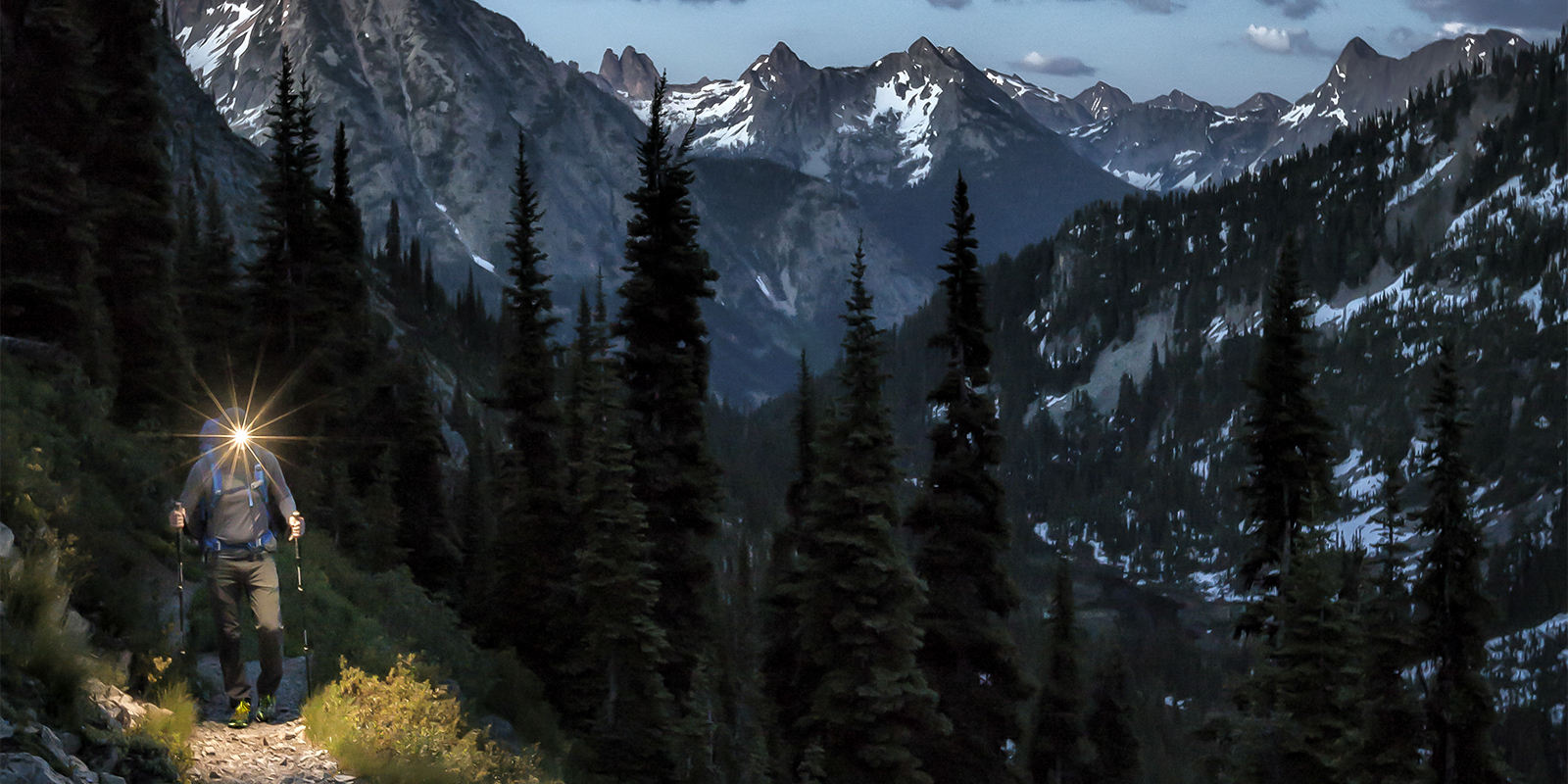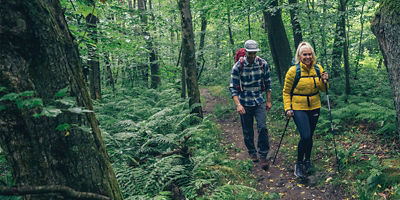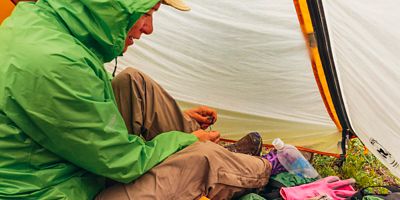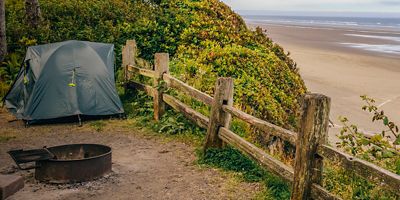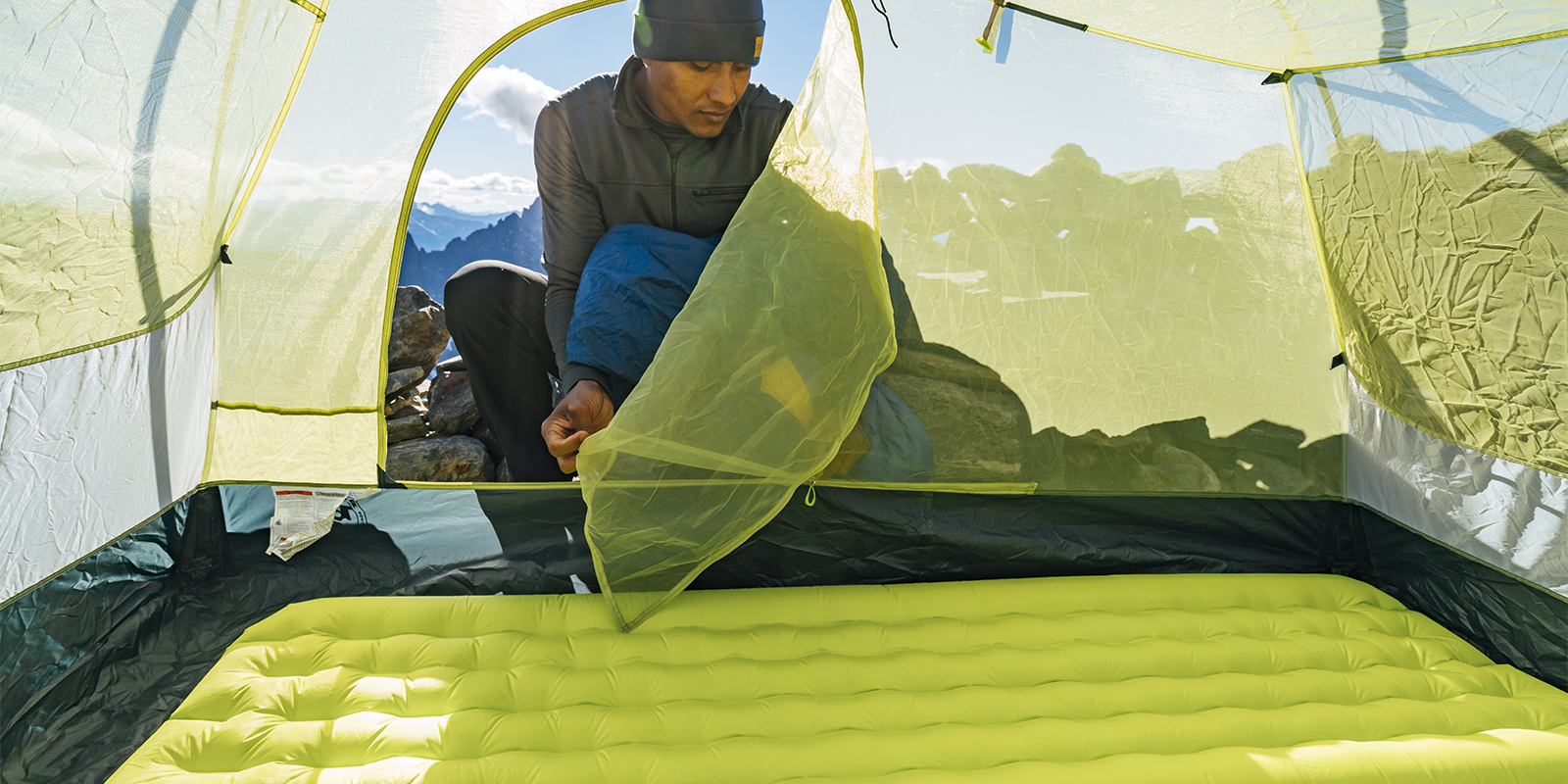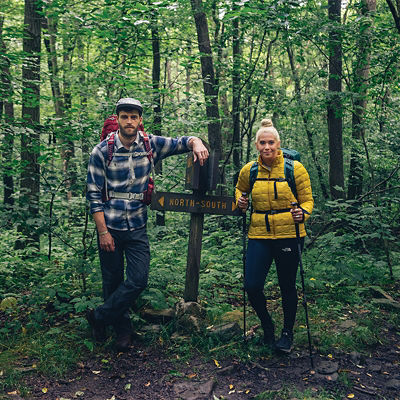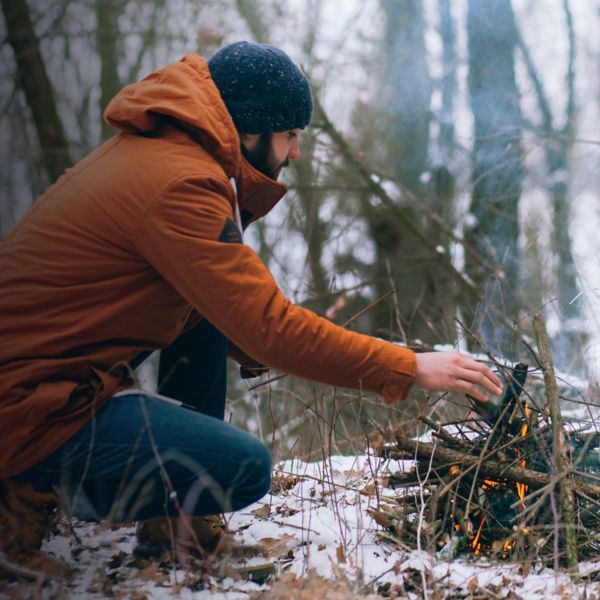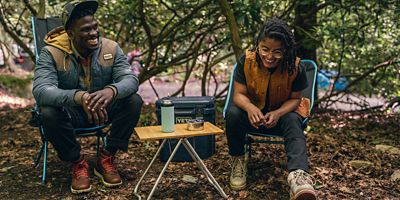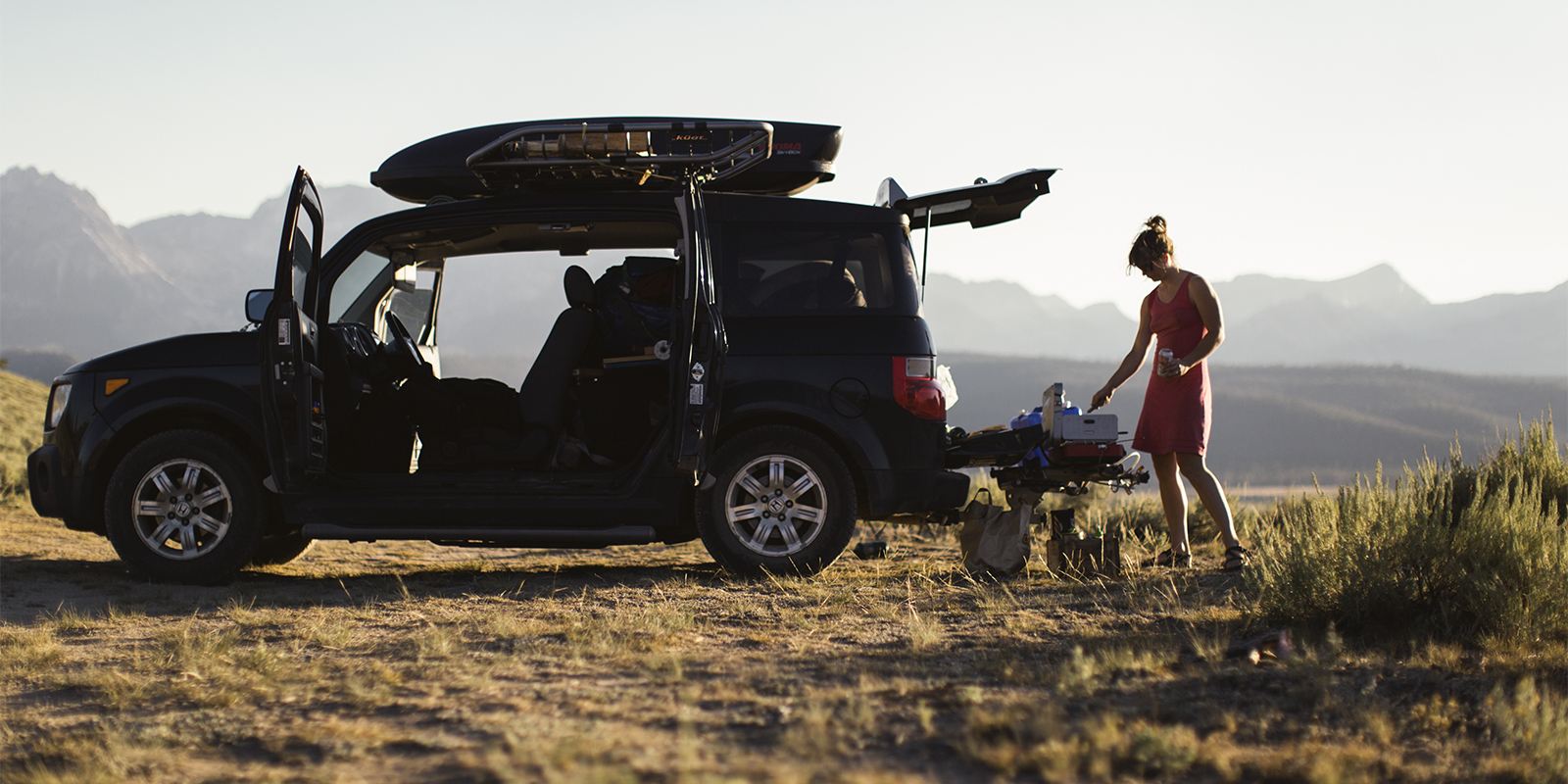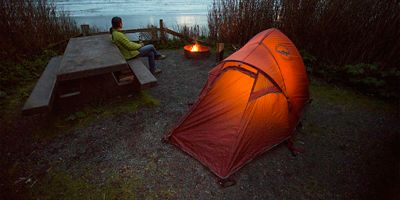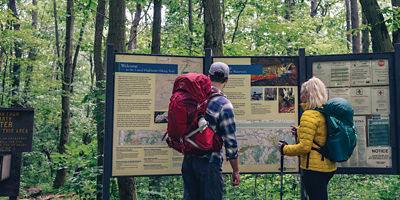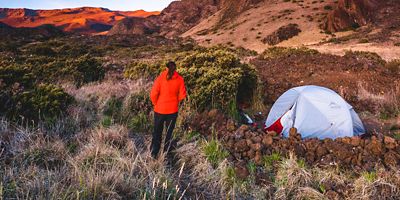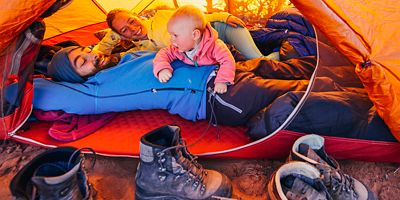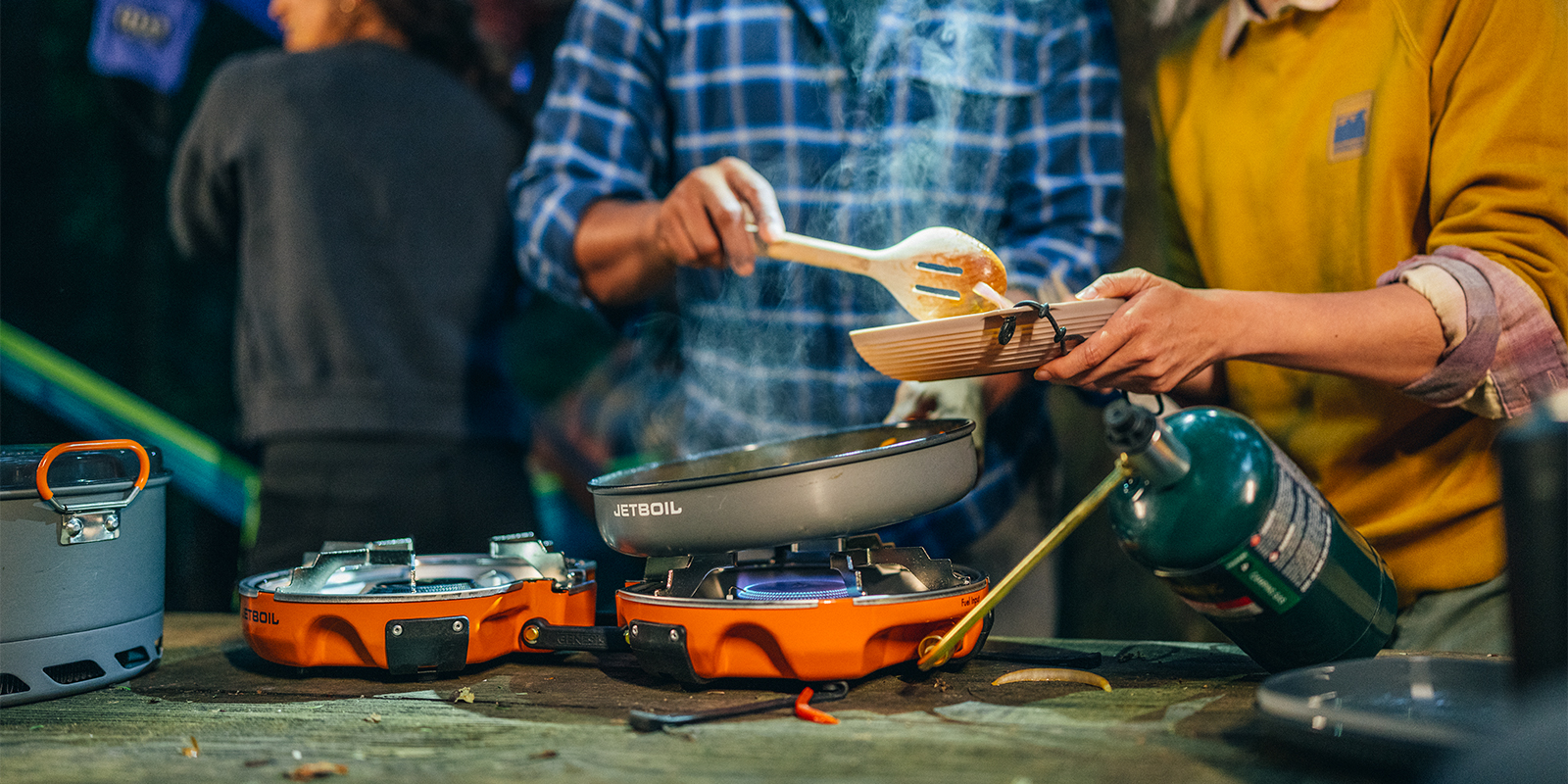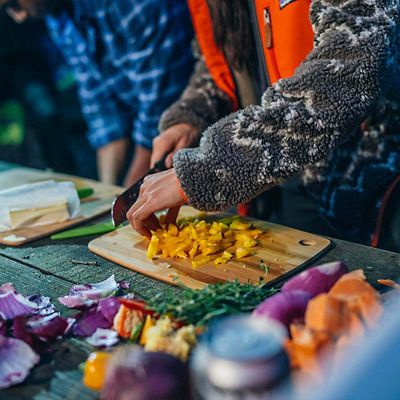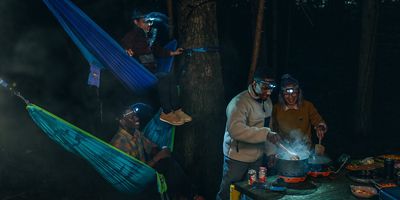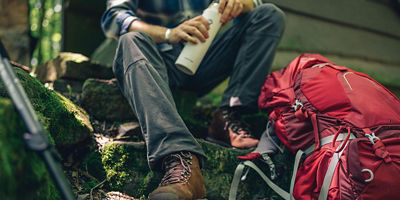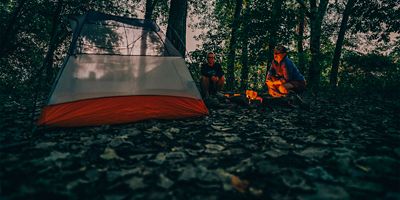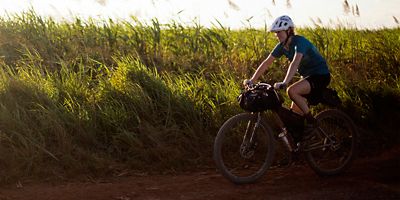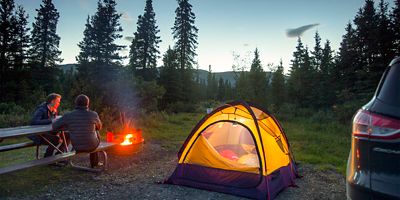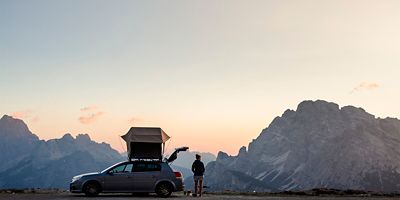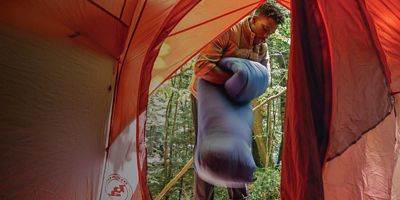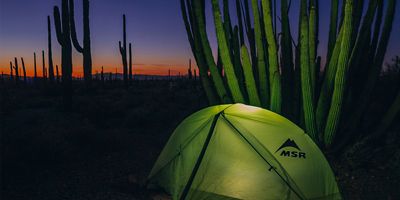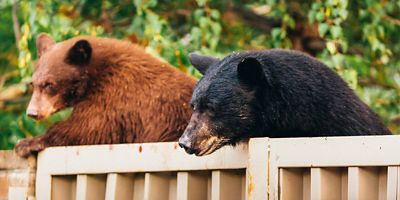
The Okefenokee National Wildlife Refuge is a swamp, in all the best ways you can imagine. Its 438,000 acres protect a seamless blend of wetland prairies, cypress forest and pine uplands in South Georgia, along the Florida border. All told, it represents the largest blackwater swamp in North America—a wild landscape seeped in dark, tannin-rich waters that hold key habitat for countless birds, threatened species like the red-cockaded woodpecker, water snakes, turtles and an estimated 15,000 alligators. There’s history to be found in this swamp too, home to more than 60 Native American mounds identified within the refuge. The last Indigenous people to live in the swamp were the Seminole, who moved into the area after Europeans showed up. You can also see the remnants of an early 20th-century logging boom on Billy’s Island. The Okefenokee is so rich with wildlife, history and habitat that it has been deemed a Wetland of International Importance (a step toward becoming a World Heritage Site).
Since this is South Georgia, winter is the best time to visit Okefenokee: temps are mild, bugs are hibernating, and wildlife is frisky. Make the three-hour drive from Atlanta and you’ll likely spend most of your time in a boat (it is a swamp, after all), but there’s plenty of hiking to be had and some unique camping opportunities as well.
Hiking
Okefenokee is predominantly a paddling destination, but there are some great hiking trails that explore the terrain starting at the Suwannee Canal Recreation Area, just south of Folkston, Ga. Most of the trails are flat and family-friendly, giving visitors an easy chance to see the refuge’s wildlife. The Upland Discovery Trail (.25-mile loop) delivers you into prime red-cockaded woodpecker territory, offering a prime opportunity for birding. If you want to see alligators, check out the Chesser Island Boardwalk (1.5-mile out-and-back), which is the most popular trail in the refuge. In a relatively short distance, you’ll walk through a cypress forest and grass prairies while hovering over the water on a wooden boardwalk. In addition to gators, you have the chance to see frogs, snakes and a variety of birds.
More info: fws.gov



